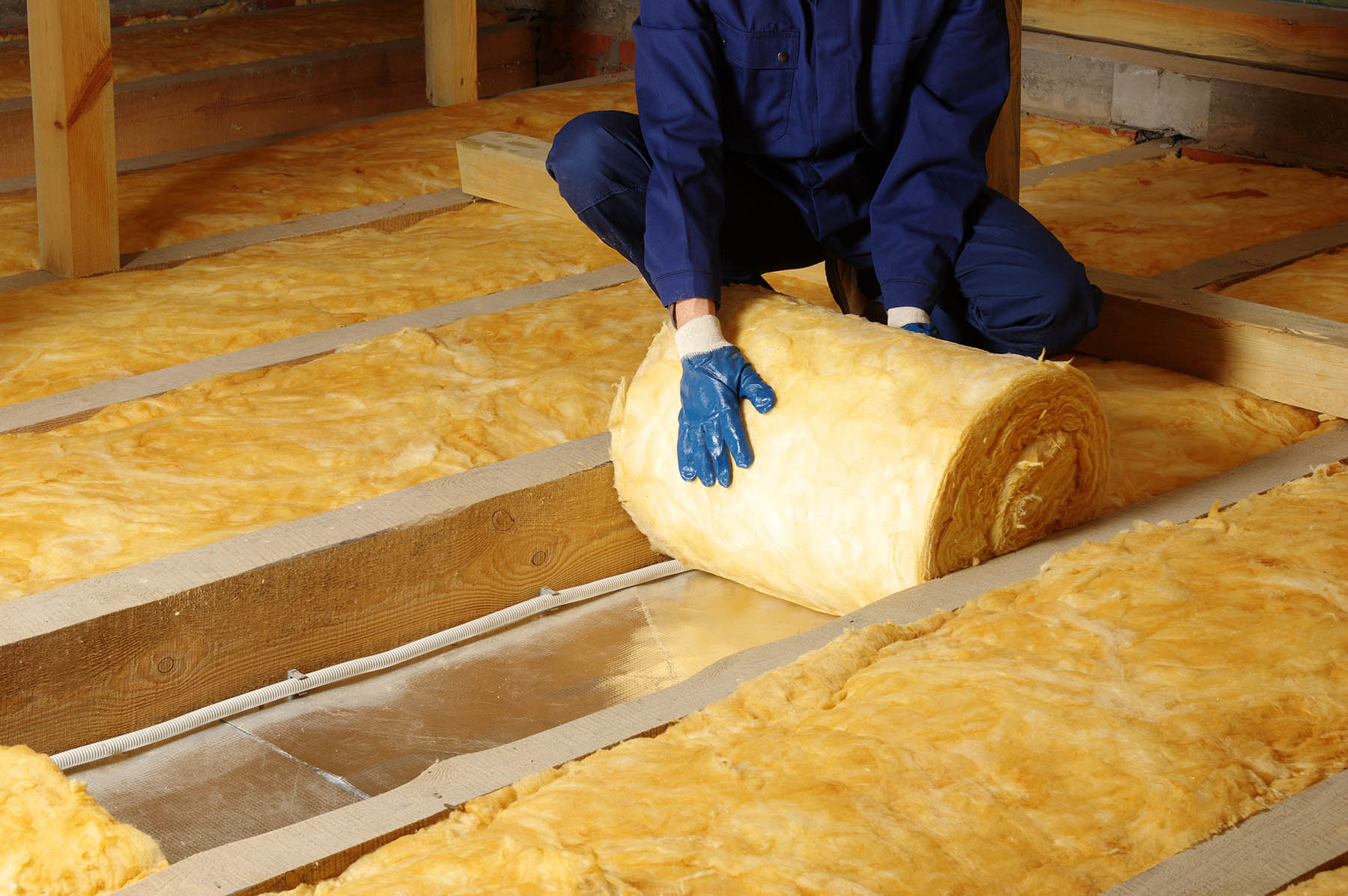Understanding the Basics of Home Insulation
Home insulation is a key factor in energy efficiency, helping to keep your home warm in winter and cool in summer. Understanding the basics of insulation, including types and where it’s needed, is the first step in DIY home insulation.
Identifying Insulation Needs
Inspect your home to determine where additional insulation is needed. Common areas include the attic, walls, floors, and basements. Pay attention to any drafts or temperature inconsistencies, as these are signs of insufficient insulation.
Choosing the Right Insulation Material
Select the appropriate insulation material for your project. Options include fiberglass, cellulose, foam board, and spray foam. Each type has its benefits and ideal applications, so research which material suits your specific needs and budget.
Insulating the Attic
The attic is often the primary source of heat loss in a home. Add insulation between and over the floor joists if the existing insulation is insufficient. Ensure that the attic is well-ventilated to prevent moisture build-up which can damage the insulation.
Wall Insulation Techniques
Adding insulation to walls can be more challenging, especially if the wall cavity is closed. Consider blown-in cellulose or injection foam for existing walls. If you have access to open walls, batt insulation is a cost-effective option.
Sealing Doors and Windows
Gaps around doors and windows can lead to significant energy loss. Use weather stripping or caulk to seal these areas. Insulating window films can also improve the thermal efficiency of your windows.
Insulating Floors and Basements
Insulate floors above unheated spaces like garages or basements to increase comfort and energy efficiency. Use foam board or batt insulation under the flooring. In basements, insulate the walls rather than the ceiling for better thermal performance.
DIY Safety Precautions
When installing insulation, wear protective gear, including gloves, a mask, and goggles. Ensure the space is well-ventilated, especially when using insulation materials like fiberglass or spray foam.
Maximizing Energy Efficiency
Beyond insulation, consider other ways to maximize energy efficiency. This includes using energy-efficient lighting, sealing leaks in ductwork, and installing programmable thermostats.
Regular Maintenance and Upgrades
Regularly check and maintain your insulation, especially in areas prone to moisture or pest infestations. Over time, consider upgrading insulation to newer, more efficient materials as part of your home’s ongoing energy-saving strategy.
Enhancing Comfort and Efficiency
DIY home insulation is a practical way to enhance your home’s comfort and reduce energy bills. With the right approach and materials, you can create a more energy-efficient home that supports a sustainable and cost-effective lifestyle.






